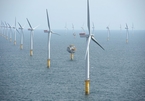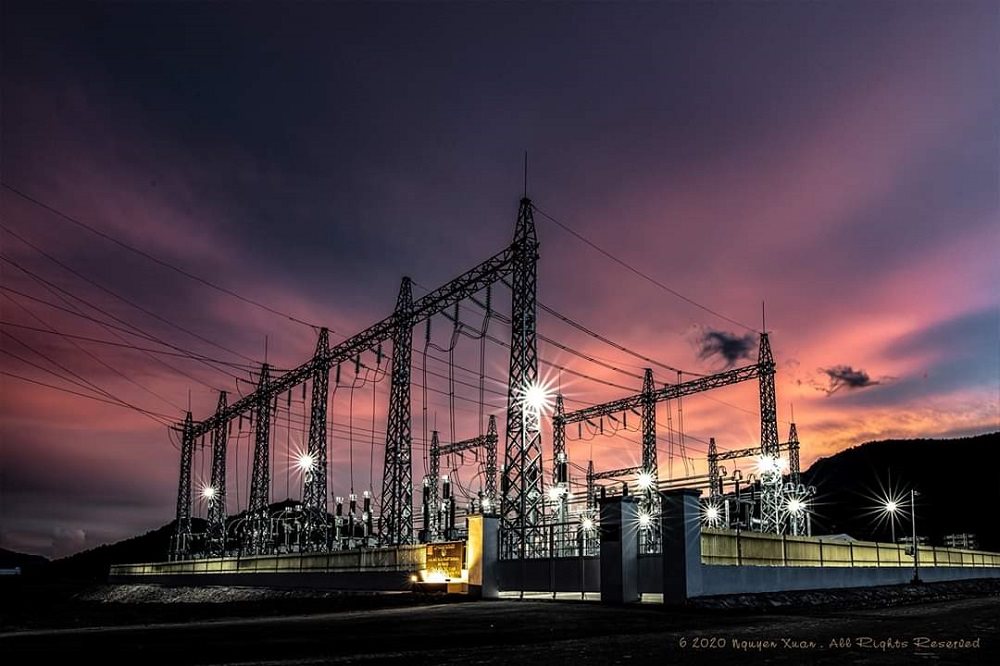|
According to experts, a unique way for Vietnam to ensure electricity supply is to develop renewable energy, including wind, solar and biogas power. They are abundant sources of energy that contribute to protecting the environment. Therefore, an energy revolution is crucial to ensure the global energy security. A decline in hydropower In Vietnam, the total capacity of hydropower plants is some 35,000 megawatts, of which 60% is produced by plants in the northern region, 27% in the central and 13% in the south. In the 2015-2020 period, more than 200 projects with a combined capacity of nearly 6,200 megawatts have been built. In four central provinces and the Central Highlands provinces of Kon Tum and Dak Nong, 150 hydropower projects have been approved. However, according to the electricity development plans until 2020 and 2030, hydropower will account for only 23% of the total power output. Hydropower dams built by China and Laos in the upper Mekong River have affected the water environment in the lower area as the water flow has been changed. The climate has become more severe with long-lasting droughts and the increasing salinity intrusion due to people’s enormous impacts on the environment. Vietnam may stop producing coal-fired power Reducing coal-fired power is an indispensable trend. Social organizations which are responsible for protecting people’s rights and health and the environment, and those in the energy sector have warned that the environment and people’s health will be destroyed and the country’s security and socioeconomic stability will be threatened if new coal-fired thermal power plants are built. Specifically, the Long Phu 1 coal-fired thermal power project in the Mekong Delta province of Soc Trang has been put on hold for eight years, while the investors for the Long Phu 2 and 3 projects have yet to be found. The delay in the execution of these projects has caused a waste of time, capital and land. Nguy Thi Khanh, director of the Green Innovation and Development Center (GreenID), said the coal-fired power capacity in Vietnam would reach an all-time high this year. After that, Vietnam would not need to generate some 30,000 megawatts of coal-fired power or develop 25 coal-fired power plants by 2030 to meet the power demand. In addition, the country would not have to mobilize US$60 billion for these projects and burn about 70 million tons of coal per year, thus saving US$7 billion spent on coal imports per year. The greatest benefit is that 116 million tons of carbon dioxide would not be discharged into the environment each year. This scenario will help save thousands of people from the environmental pollution a year. Solutions to stop developing coal-fired and hydropower According to Dr To Van Tuong, an expert in water resource and environment, hydropower and thermal power have caused a great deal of harm to the environment due to the excessive exploitation of natural resources. Meanwhile, gas-fired power projects need large investment, so not many investors can conduct these projects. Water, coal, gas and petroleum are limited, valuable and nonrenewable resources, while heat and wind are inexhaustible in Vietnam. Dr Ngo Duc Lam, former deputy director of the Institute of Energy under the Ministry of Industry and Trade, estimated that by 2030, renewable energy could replace some 20% of coal-fired power. In the world, coal-fired power would still make up a quarter of the total electricity volume by 2040.
Hydropower and thermal power have improved human life for a long time when science and technology have yet to develop strongly. Nowadays, the world has developed significantly and the development of wind and solar power is an inevitable trend as they are safe to the environment and developers do not have to depend on material imports. They are becoming more popular as people can collect the sun’s heat in daytime and take advantage of wind flows at night. Moreover, people can cultivate agricultural or medicinal plants under solar panels. Especially, solar power plants have become tourist sites, bringing more economic benefits and educating people about the sustainable development. Therefore, it is a must to issue specific policies on the commercial electricity price and preferential capital to encourage domestic investors. These are solutions to conserve resources for the country and ensure the world’s energy security. SGT |
||||
Thanh Thanh

Thermal, nuclear power key to Vietnam’s energy security: expert
Dr Nguyen Manh Hien, former head of the Energy Institute under the Ministry of Industry and Trade, talks about Vietnam’s energy security.

Offshore wind power: great expectations, big challenges for Vietnam
Vietnam’s offshore windpower potential is great, and the opportunities to develop it must not be missed just because of difficulties in the development of this new industry.

